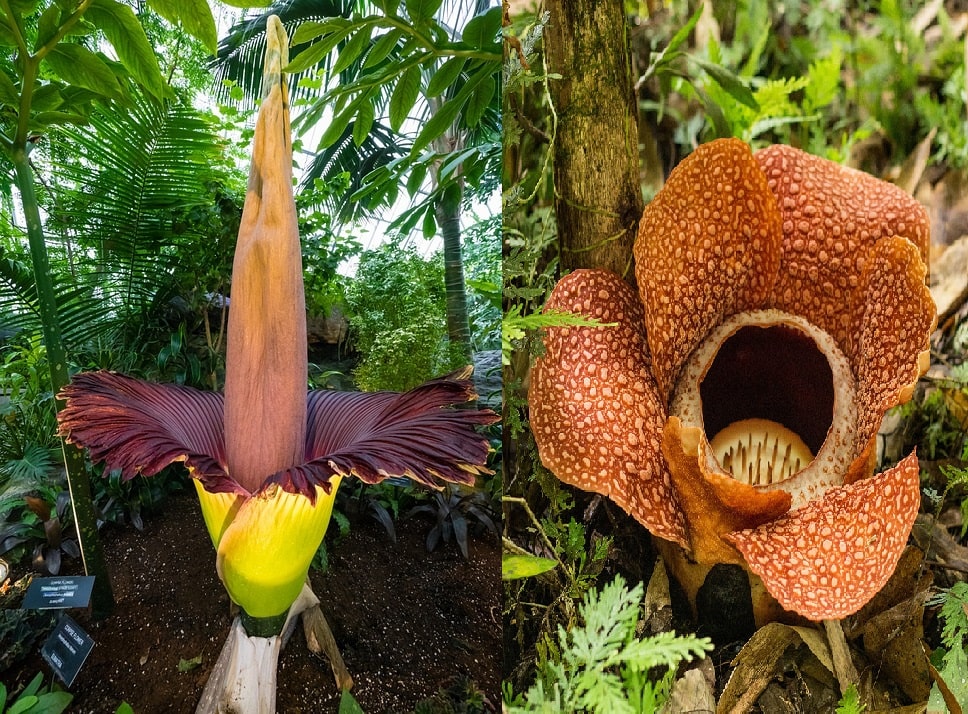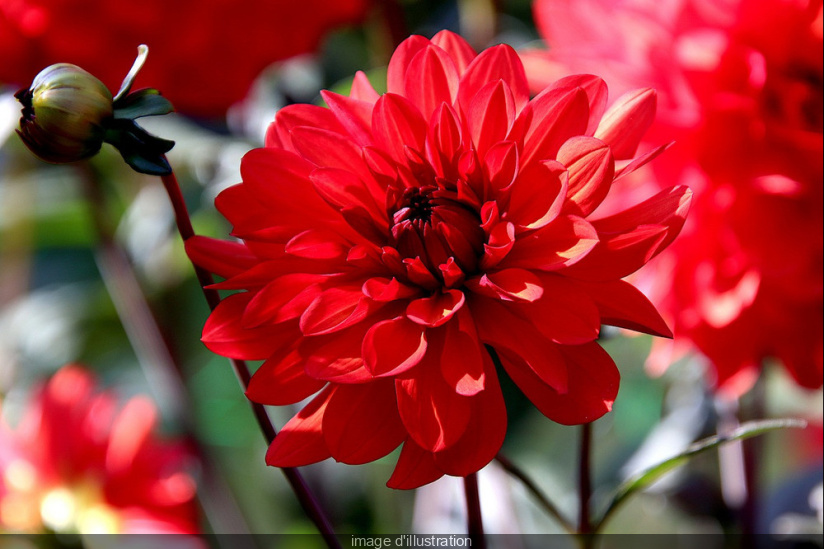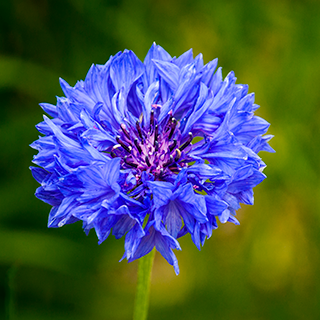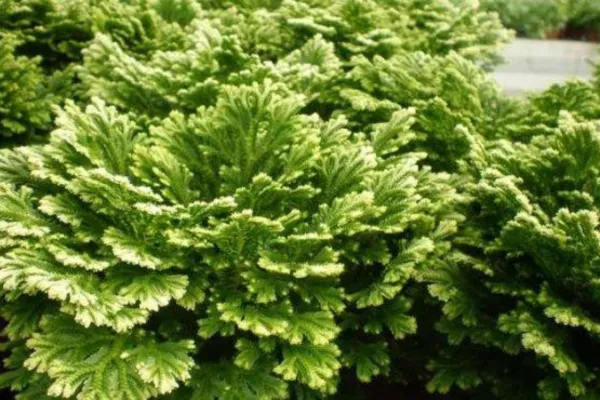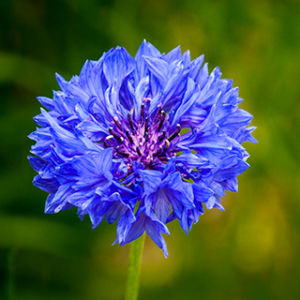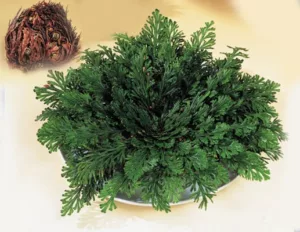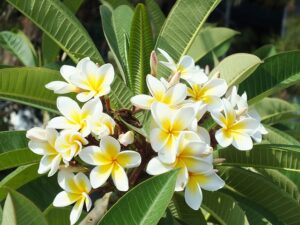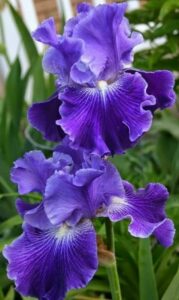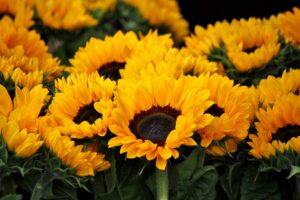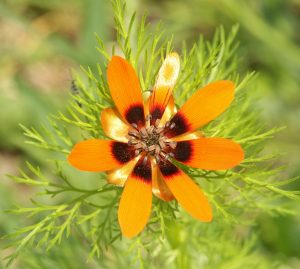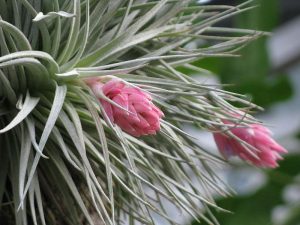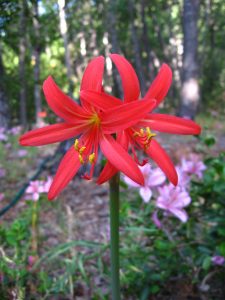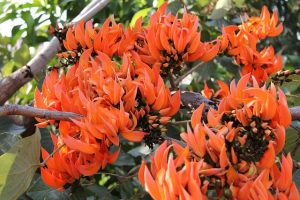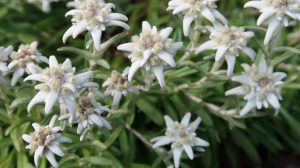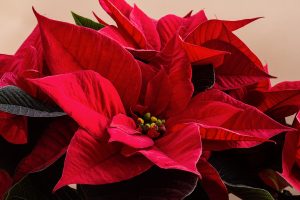The largest flowers in the world: Amorphophallus titanum and Rafflesia
Hello friends, today we will talk about the two largest flowers that exist: the Amorphophallus titanum and Rafflesia.
Both flowers have things in common, such as their origin, in the tropical forests of Asia, their extraordinary size and their unpleasant smell of rotting meat. So much so that instead of attracting birds, bees and butterflies like most flowers, it attracts carrion-eating flies. These act as their pollinators. Another of its common characteristics is that the flower lasts between 3 and 7 days.
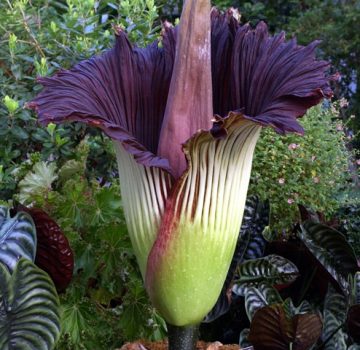
Amorphophallus titanum
This plant is also known as giant ring or bunga bangkai, from the Indonesian meaning corpse flower or literally “titanic amorphous phallus”. It exceeds 3 meters in height. The Amorphophallus titanum has a superficial tubercle. From this sprouts a stem up to 1 meter high, from which sprouts a leaf and a floral pendulum. It is not easy to see this flower, because the flowering of the plant is only 3 or 4 times in 40 years, which is the average life of the Amorphophallus titanum.
Rafflesia
The Rafflesia can be found in the tropical forests of Southeast Asia. These plants do not have leaves, there are no tissues to carry out photosynthesis, they do not have roots or stems of the known types, but they feed on the other plants, it is parasitic.

However, the flower develops completely, and in what way! The flower leaves from below the earth, with five lobes that weigh around 11 kilograms and with up to 1 meter in diameter.
Official flower of Sabah and Surat Thani
However, although it is not a plant to have in our garden, it has earned its place, as the Rafflesia is the official flower of the state of Sabah, in Malaysia and the province of Surat Thani, in Thailand.
Amorphophallus titanum and Rafflesia are really strange, right? Discuss what you think of the article and share on your social networks, show your friends valuable information about the plants.
Share this content:
